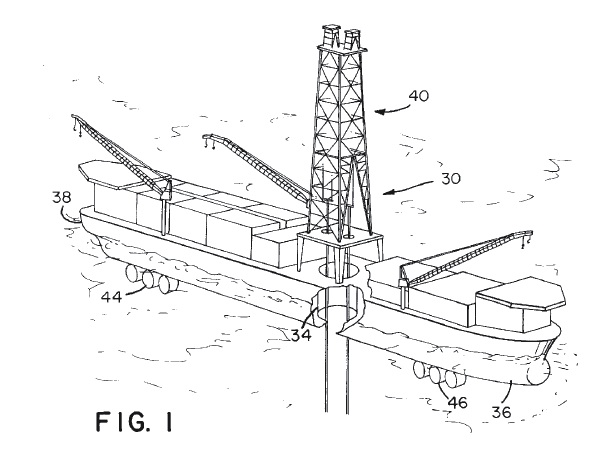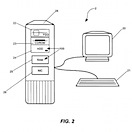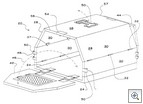I am continually troubled with disconnects between the text of 35 U.S.C. § 103(a) and its application by the courts.
Section 103(a) defines the doctrine of nonobviousness and reads (in part) as follows:
(a) A patent may not be obtained . . . if the differences between the subject matter sought to be patented and the prior art are such that the subject matter as a whole would have been obvious at the time the invention was made to a person having ordinary skill in the art to which said subject matter pertains. . . .
A plain reading of the statute that considers the obviousness of an invention “at the time the invention was made.” In its 1965 Foster decision, the Court of Customs and Patent Appeals (CCPA) made clear that “the existence of unobviousness under that section, as a necessary prerequisite to patentability, we reiterate, must be determined as of 'the time the invention was made' without utilizing after-acquired knowledge.” 343 F.2d 980 (CCPA 1965).
Despite that seeming clarity, in its obviousness analyses, the Foster Court (and subsequently, the CAFC) has given full 103(a) consideration to post-invention activities that qualify as prior art under Section 102(b). The justification for this interpretation appears to come in the form of an estoppel that blocks inventors who “sleep on [their] rights more than a year after the invention has become entirely obvious to the public.” Foster indicated that any other interpretation of the statute would be an interpretation that “Congress could not possibly have intended in view of its express indication that section 102(b) is merely a continuation of the prior law.”
The leading opinion on-point is likely In re Corcoran, 640 F.2d 1331 (CCPA 1981) which was written by Judge Rich. In that decision, the court held that the application of 102(b) prior art in 103(a) rejections “finds its statutory base in both of those sections.” See also Lough v. Brunswick Corp., 86 F.3d 1113, 1121 n.5 (Fed. Cir. 1996); Baker Oil Tools v. Geo Vann, Inc., 828 F.2d 1558, 156 (Fed. Cir. 1987) (what was offered for sale before the critical date becomes a "reference under section 103 against the claimed invention").
Although the weight of precedent is on the side of the current rule, the current statutory-language-focused Supreme Court just might have a point of view. Let me know if you get a test-case going.
See also, Rethinking the Scope of Prior Art in Obviousness Cases.






 Procter & Gamble (P&G) v. Teva Pharmaceuticals (
Procter & Gamble (P&G) v. Teva Pharmaceuticals (
 (Fed. Cir. 2009)
(Fed. Cir. 2009) 